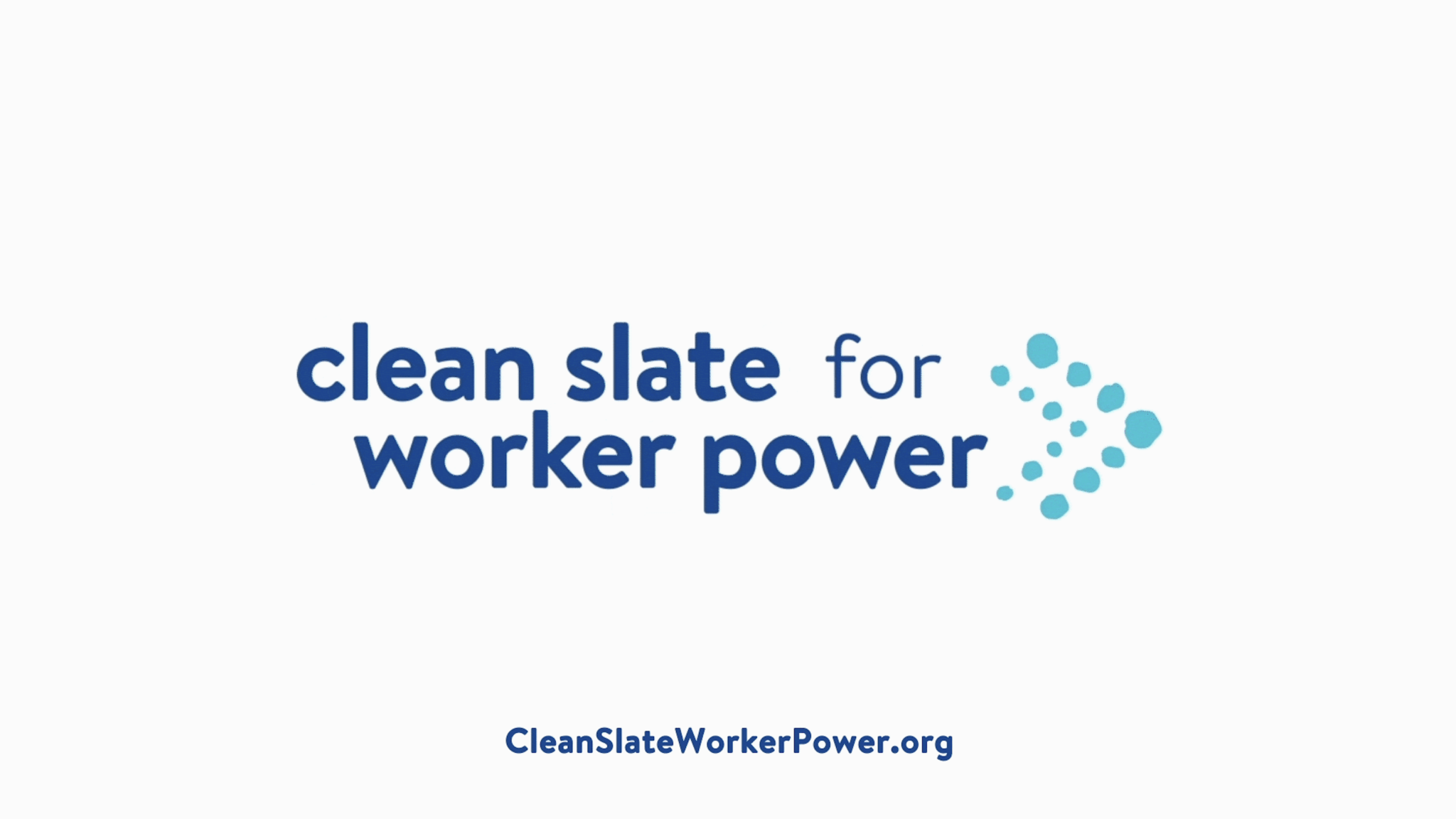
Michelle Berger is a student at Harvard Law School.
Three years ago, Professors Sharon Block and Ben Sachs published the report Clean Slate for Worker Power: Building a Just Economy and Democracy. Clean Slate is “a vision of what a robust and functional labor law regime might look like,” Professors Block and Sachs have recently written. The report was the product of two years of collaboration between academics, policy experts, union leaders, organizers, activists, and workers.
The bedrocks of the Clean Slate proposal are sectoral bargaining and the expansion of federal labor rights to historically excluded workers. Yet, critically, the report proposes “a system of labor law,” meant to be adopted in its entirety. This system embraces just-cause dismissal; grants unions access to non-union workplaces; curbs employer interference with union campaigns; strengthens the right to strike; expands the range of collective bargaining subjects; facilitates political participation at all levels; liberates state- and local-level labor law innovation; and more. Animating each Clean Slate proposal is a theory: “When labor law enables working people to build organizations of countervailing power, the people can demand for themselves a more equitable nation.”
Now, in a roundtable discussion published by the Labor Studies Journal, scholars respond to Clean Slate––probing both whether its proposals are the right ones and whether they are enough to build a stronger labor movement, combat inequality, and fortify democracy.
Responses to “Clean Slate”
In her introductory remarks, Professor Emily E. LB. Twarog begins the roundtable discussion with the exciting observation that American workers are leading “a resurgence in organizing.” Yet, she notes, income inequality continues to grow. Picking up on this same thread, Professors Block and Sachs tee up the rest of the discussion by describing the grave economic and political crises we face, the inadequacy of American labor law, and the way in which Clean Slate is a potential response to all of these challenges.
Next, the roundtable discussion proceeds with comments from Professors Mark Harcourt, Gregor Gall, and Margaret Wilson. These scholars argue that Clean Slate, “though necessary and an improvement to tinkering with the Wagner Model, would not by [itself] be sufficient to generate high levels of union membership and bargaining coverage as intended.” These scholars propose a complementary policy: the union default. Under this model, a union that achieves a certain threshold of support (the authors suggest 25% for a workplace and 10% or 5,000 workers for a sector) “would then obtain status as the default union.” Workers become members of the union unless they opt-out. A union default––something that no country has fully implemented––would be a paradigm shift for labor in the United States, with massive impacts on union recruitment, representation, and legitimacy.
Next, Professor Lola Loustaunau offers two critiques of Clean Slate. First, she cautions, replacing enterprise-level with sector-wide collective bargaining “carries the risk of distancing the rank-and-file members from the most critical moments of decision-making.” With sectoral bargaining, in other words, careful attention must be paid to union democracy and responsiveness to the unique conditions and needs of workers themselves. Second, Professor Loustaunau observes that Clean Slate lacks a discussion of immigrant workers who face barriers to organizing and collective action because of the requirements and restrictions of U.S. immigration law.
Third, Professor Todd E. Vachon casts unions as a critical tool for the construction of a demos: “a constituency with a sense of shared identity and interests in common.” Accordingly, Vachon calls on the labor movement to “come[] out of our issue silos and build[] cross-movement solidarity” with other causes, such as racial justice, economic justice, gender justice, and climate justice. Professor Vachon also discusses five strategies to build support for Clean Slate: state-level innovations, incentives baked in to industrial polices (such as the Inflation Reduction Act), Bargaining for the Common Good, alternative labor formations, and the revaluation of work. And finally, adopting a similar lens––that is, a focus on not just the “what” of labor law reform, but also the “how”––, Professor Tobias Higbie calls for a concerted effort to “nurture a … set of leaders in every industry” who can provide the organizing people-power required to enact a Clean Slate.
Clean Slate and Today’s Labor Resurgence
Throughout the roundtable, the scholars reference the labor movement’s recent positive momentum. Workers––especially young workers–– are organizing in new industries. Unions are securing major contractual wins in long-organized ones. And public support for unions is strong.
Even as they wholeheartedly acknowledge the hopefulness of this moment, Professors Block and Sachs derive from it a sober lesson: The National Labor Relations Act is woefully unfit for its given task in our economy and our democracy. After all, as Professors Block and Sachs observe, workers have had to risk their livelihoods for a chance at a union––and, at Starbucks and Amazon, recently-unionized workers have been unable to bargain a contract with their recalcitrant employers. Meanwhile, economic and political inequality in the United States continues to spiral out of control. “Put simply,” they write, “it just shouldn’t be this hard, this heroic, this extraordinary, to organize a union and bargain a contract.”
In other words, we need a Clean Slate. Yet there is something which received relatively little attention in the roundtable discussion: How ought we harness today’s labor enthusiasm to get it? In reflecting upon, responding to, and engaging with Clean Slate, the labor movement and its allies may do well to keep that question front-and-center.








Daily News & Commentary
Start your day with our roundup of the latest labor developments. See all
July 14
More circuits weigh in on two-step certification; Uber challengers Seattle deactivation ordinance.
July 13
APWU and USPS ratify a new contract, ICE barred from racial profiling in Los Angeles, and the fight continues over the dismantling of NIOSH
July 11
Regional director orders election without Board quorum; 9th Circuit pauses injunction on Executive Order; Driverless car legislation in Massachusetts
July 10
Wisconsin Supreme Court holds UW Health nurses are not covered by Wisconsin’s Labor Peace Act; a district judge denies the request to stay an injunction pending appeal; the NFLPA appeals an arbitration decision.
July 9
the Supreme Court allows Trump to proceed with mass firings; Secretary of Agriculture suggests Medicaid recipients replace deported migrant farmworkers; DHS ends TPS for Nicaragua and Honduras
July 8
In today’s news and commentary, Apple wins at the Fifth Circuit against the NLRB, Florida enacts a noncompete-friendly law, and complications with the No Tax on Tips in the Big Beautiful Bill. Apple won an appeal overturning a National Labor Relations Board (NLRB) decision that the company violated labor law by coercively questioning an employee […]